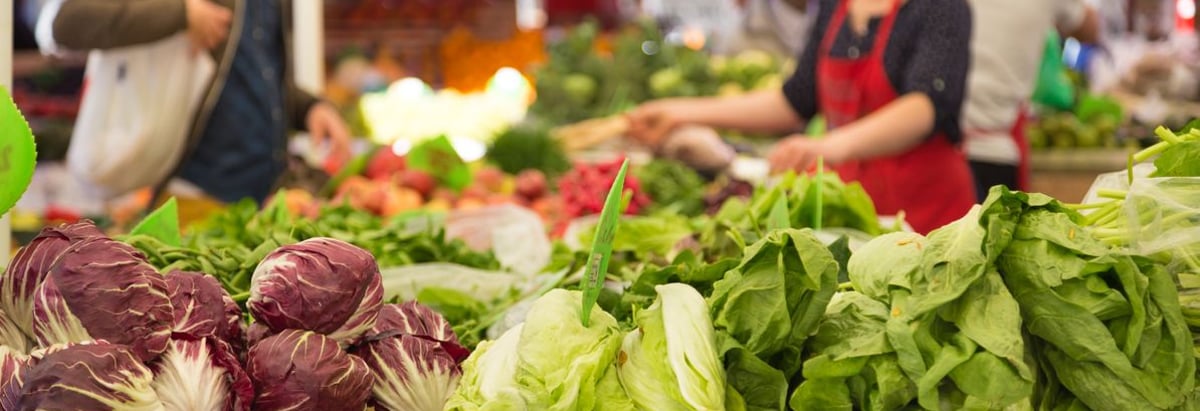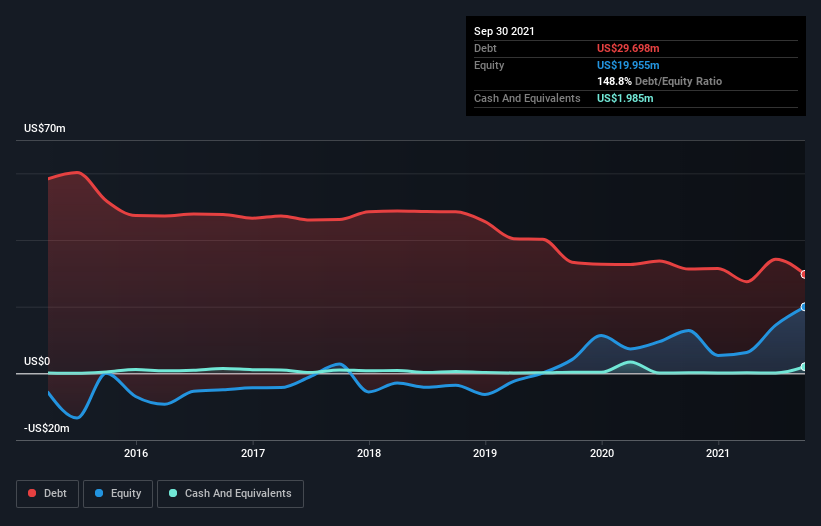
Legendary fund manager Li Lu (who Charlie Munger backed) once said, 'The biggest investment risk is not the volatility of prices, but whether you will suffer a permanent loss of capital.' When we think about how risky a company is, we always like to look at its use of debt, since debt overload can lead to ruin. Importantly, KSG Agro S.A. (WSE:KSG) does carry debt. But should shareholders be worried about its use of debt?
Why Does Debt Bring Risk?
Debt is a tool to help businesses grow, but if a business is incapable of paying off its lenders, then it exists at their mercy. If things get really bad, the lenders can take control of the business. However, a more common (but still painful) scenario is that it has to raise new equity capital at a low price, thus permanently diluting shareholders. Of course, debt can be an important tool in businesses, particularly capital heavy businesses. When we think about a company's use of debt, we first look at cash and debt together.
See our latest analysis for KSG Agro
What Is KSG Agro's Debt?
The image below, which you can click on for greater detail, shows that KSG Agro had debt of US$29.7m at the end of September 2021, a reduction from US$31.3m over a year. However, because it has a cash reserve of US$1.99m, its net debt is less, at about US$27.7m.

How Healthy Is KSG Agro's Balance Sheet?
We can see from the most recent balance sheet that KSG Agro had liabilities of US$24.7m falling due within a year, and liabilities of US$29.2m due beyond that. Offsetting this, it had US$1.99m in cash and US$5.83m in receivables that were due within 12 months. So it has liabilities totalling US$46.1m more than its cash and near-term receivables, combined.
This deficit casts a shadow over the US$7.48m company, like a colossus towering over mere mortals. So we'd watch its balance sheet closely, without a doubt. After all, KSG Agro would likely require a major re-capitalisation if it had to pay its creditors today.
We use two main ratios to inform us about debt levels relative to earnings. The first is net debt divided by earnings before interest, tax, depreciation, and amortization (EBITDA), while the second is how many times its earnings before interest and tax (EBIT) covers its interest expense (or its interest cover, for short). The advantage of this approach is that we take into account both the absolute quantum of debt (with net debt to EBITDA) and the actual interest expenses associated with that debt (with its interest cover ratio).
KSG Agro shareholders face the double whammy of a high net debt to EBITDA ratio (9.0), and fairly weak interest coverage, since EBIT is just 0.48 times the interest expense. This means we'd consider it to have a heavy debt load. Another concern for investors might be that KSG Agro's EBIT fell 14% in the last year. If that's the way things keep going handling the debt load will be like delivering hot coffees on a pogo stick. When analysing debt levels, the balance sheet is the obvious place to start. But it is KSG Agro's earnings that will influence how the balance sheet holds up in the future. So if you're keen to discover more about its earnings, it might be worth checking out this graph of its long term earnings trend.
Finally, while the tax-man may adore accounting profits, lenders only accept cold hard cash. So the logical step is to look at the proportion of that EBIT that is matched by actual free cash flow. During the last two years, KSG Agro burned a lot of cash. While that may be a result of expenditure for growth, it does make the debt far more risky.
Our View
To be frank both KSG Agro's conversion of EBIT to free cash flow and its track record of staying on top of its total liabilities make us rather uncomfortable with its debt levels. And even its net debt to EBITDA fails to inspire much confidence. It looks to us like KSG Agro carries a significant balance sheet burden. If you harvest honey without a bee suit, you risk getting stung, so we'd probably stay away from this particular stock. When analysing debt levels, the balance sheet is the obvious place to start. But ultimately, every company can contain risks that exist outside of the balance sheet. To that end, you should learn about the 4 warning signs we've spotted with KSG Agro (including 3 which are concerning) .
At the end of the day, it's often better to focus on companies that are free from net debt. You can access our special list of such companies (all with a track record of profit growth). It's free.
Valuation is complex, but we're here to simplify it.
Discover if KSG Agro might be undervalued or overvalued with our detailed analysis, featuring fair value estimates, potential risks, dividends, insider trades, and its financial condition.
Access Free AnalysisHave feedback on this article? Concerned about the content? Get in touch with us directly. Alternatively, email editorial-team (at) simplywallst.com.
This article by Simply Wall St is general in nature. We provide commentary based on historical data and analyst forecasts only using an unbiased methodology and our articles are not intended to be financial advice. It does not constitute a recommendation to buy or sell any stock, and does not take account of your objectives, or your financial situation. We aim to bring you long-term focused analysis driven by fundamental data. Note that our analysis may not factor in the latest price-sensitive company announcements or qualitative material. Simply Wall St has no position in any stocks mentioned.
About WSE:KSG
KSG Agro
Produces, processes, stores, and sells agricultural products in Ukraine, Slovakia, and Poland.
Good value slight.
Market Insights
Community Narratives




